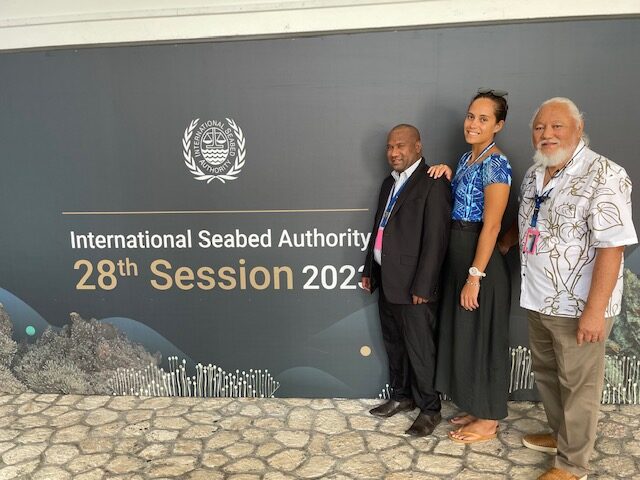Looking deeper into the International Seabed Authority
Currently, governments from around the world are meeting at the 28th Session of the International Seabed Authority from 10-28 July in Kingston, Jamaica. Alex Herman and Te-Ara Henderson are there representing the Cook Islands Government. Alanna Smith will also be present for crucial parts of the meeting, representing Te Ipukarea Society as an observer.
The International Seabed Authority (ISA) was set up around 30 years ago under the United Nations Convention of the Law of the Sea (UNCLOS). It was established with the dual mandate of regulating mining of the international seabed and also protecting that same seabed within areas beyond national jurisdiction, also known as international waters, high seas, or simply ‘the area’. This already would appear to be a conflict of interest.
There are a total of 167 member states plus the European Union who make up the ISA. However, not all members attend the annual ISA sessions, and apparently not enough attend to make a quorum. For many years the meetings were dominated by a few states with vested mining interests. States who from the start put the pressure on forming a process that had a pro mining governance voting system within the ISA. The ISA is often called out for a lack of transparency, with deliberations going on behind closed doors. Having this system in place, it made it difficult for transparency and ultimately worked in favour of mining interests.
Even now, the ISA website, which is not particularly user friendly, provides very sparse information on the goings on at the annual sessions. For example, the Legal and Technical Commision and the Finance Committee of the ISA, where much of the ISA's technical and substantive discussions occur, are generally held entirely behind closed doors, with very limited external reporting of discussions and outcomes achieved.
By comparison, the Western and Central Pacific Fisheries Commission (the tuna commission) website is very easy to navigate and has a wealth of scientific and other information documents that can be downloaded and reviewed. The list of participants is very easy to find. If such a list exists online for the ISA, it is very difficult to locate. In fact, most Google searches for information on the ISA come up with the result “No information is available for this page”.
Over the past 18 months more attention has been turning towards the negotiations taking place at the ISA sessions. Since the UN Oceans Conference in 2022, a number of states have started stepping up calling for a moratorium, starting with Palau, Fiji and Samoa. These states are still in a minority but momentum has started picking up. France has since called for a ban to mining. Vanuatu, Chile Germany, and Spain are now calling for a precautionary pause. In fact 18 countries have now joined the call for some sort of halt to seabed mining, be it an outright ban, a moratorium or a precautionary pause. Canada joined the call just this week, and more countries are expected to follow
There is one matter of great international importance for this ISA. Canadian owned company, The Metals Company and its sponsoring state Nauru triggered the ‘two year rule’ back in 2021. This has put pressure on the ISA to accelerate a set of regulations to allow commercial mining within the high seas by July 9th 2023. It however has proven difficult for the ISA to come up with a set of regulations based on the limited science available. That deadline has passed with no agreement so far.
Limited deep sea mining exploration and research has been going on since the 1960s in the north Pacific high seas. Much of the technology needed to commercially mine the deep sea remains in development or is privately owned and commercially sensitive, staying out of the public eye. With the regulations for mining not likely to be adopted at the current ISA meeting, there are still many grey areas around the specifics of how mining for polymetallic nodules could actually occur without causing serious harm to the marine ecosystem.
The Cook Islands are developing their own set of mining regulations for commercial mining within national waters. A license to commercially mine within Cook Islands waters may prove to be a faster option for companies, rather than applying through the ISA, for a high seas mining permit. This is possibly one of the main reasons these companies are here, trying to avoid the delays in agreeing to international regulations.
The Cook Islands is currently in its second year of mining exploration. Data collected during this time will be used to inform environmental impact assessments and regulations for commercial mining. However, the Cook Islands should also be using the international regulations as a minimum threshold for their own regulations. This will not be possible until those international regulations are agreed. Mining within the Cook Islands should not occur before international regulations are agreed to help guide our own mining regulations.

